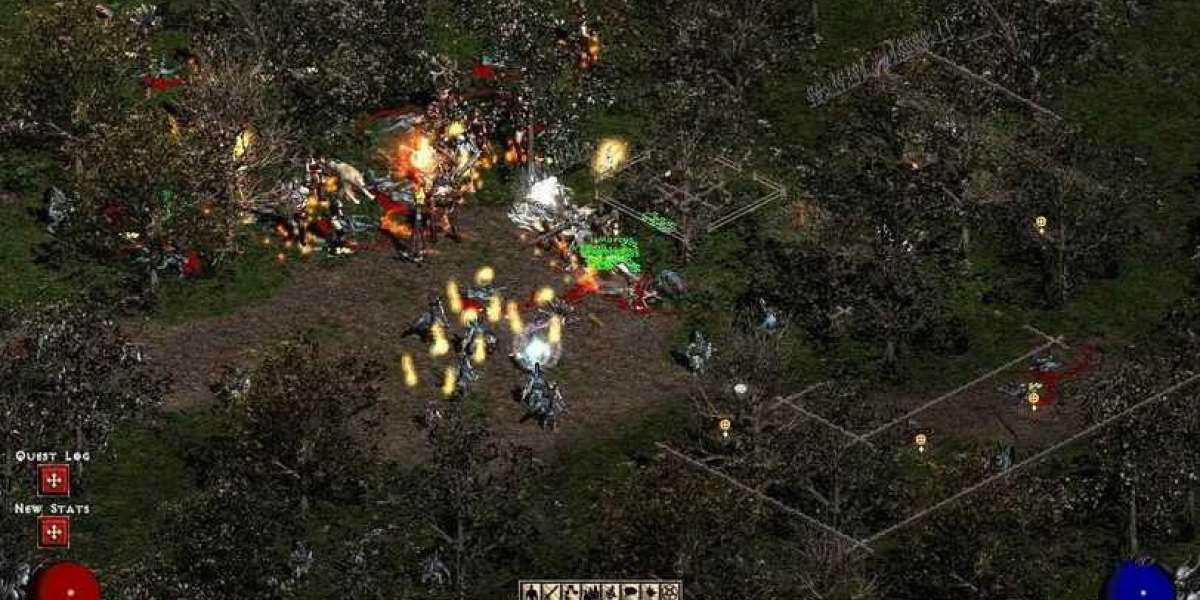Introduction
Building codes and permits play a crucial role in ensuring the safety and compliance of any construction project, including shed installations. Whether you are planning to build a shed in your backyard or considering hiring a professional landscaping company like Eden Landscapes to do it for you, it is essential to understand the importance of building codes and permits in this process.
What are Building Codes?
Building codes are a set of regulations and standards established by local government authorities to ensure that buildings are constructed safely and meet certain quality standards. These codes cover various aspects of construction, including structural integrity, fire safety, electrical systems, plumbing, and more. The purpose of building codes is to protect the health, safety, and welfare of the occupants and the community as a whole.
Why are Permits Necessary?
Permits are official documents issued by the local building department that grant legal permission to carry out specific construction activities. They are required to ensure that the construction project complies with the applicable building codes and regulations. Obtaining permits is essential for shed installations to ensure that the structure meets the necessary safety standards and is built in accordance with local zoning laws.
Shed Installation and Building Codes
When it comes to shed installation, building codes typically dictate the following requirements:
Size and Height Restrictions
Building codes often have specific limitations on the size and height of sheds that can be installed without a permit. These restrictions vary depending on the local regulations and the specific zoning district. It is important to check the requirements for your area before starting the installation.
Setback Requirements
Setback requirements refer to the distance that the shed must be set back from property lines, existing structures, and utilities. These requirements ensure that the shed does not encroach on neighboring properties or obstruct essential utility access.
Foundation and Anchoring
Building codes may also specify the type of foundation and anchoring systems that must be used for shed installations. This is to ensure that the shed remains stable and secure, especially in areas prone to high winds or seismic activity.
Electrical and Plumbing Considerations
If you plan to include electrical or plumbing systems in your shed, additional permits and inspections may be required. These systems must be installed by licensed professionals and meet the applicable building code requirements.
Conclusion
Understanding building codes and permits is crucial when it comes to shed installation. By complying with these regulations, you can ensure that your shed is built safely and legally. Whether you choose to tackle the installation yourself or hire a professional landscaping company like Eden Landscapes, make sure to check with your local building department to determine the specific requirements and obtain the necessary permits. Remember, it's better to invest time and effort in following the rules than to face potential fines or safety hazards in the future.







